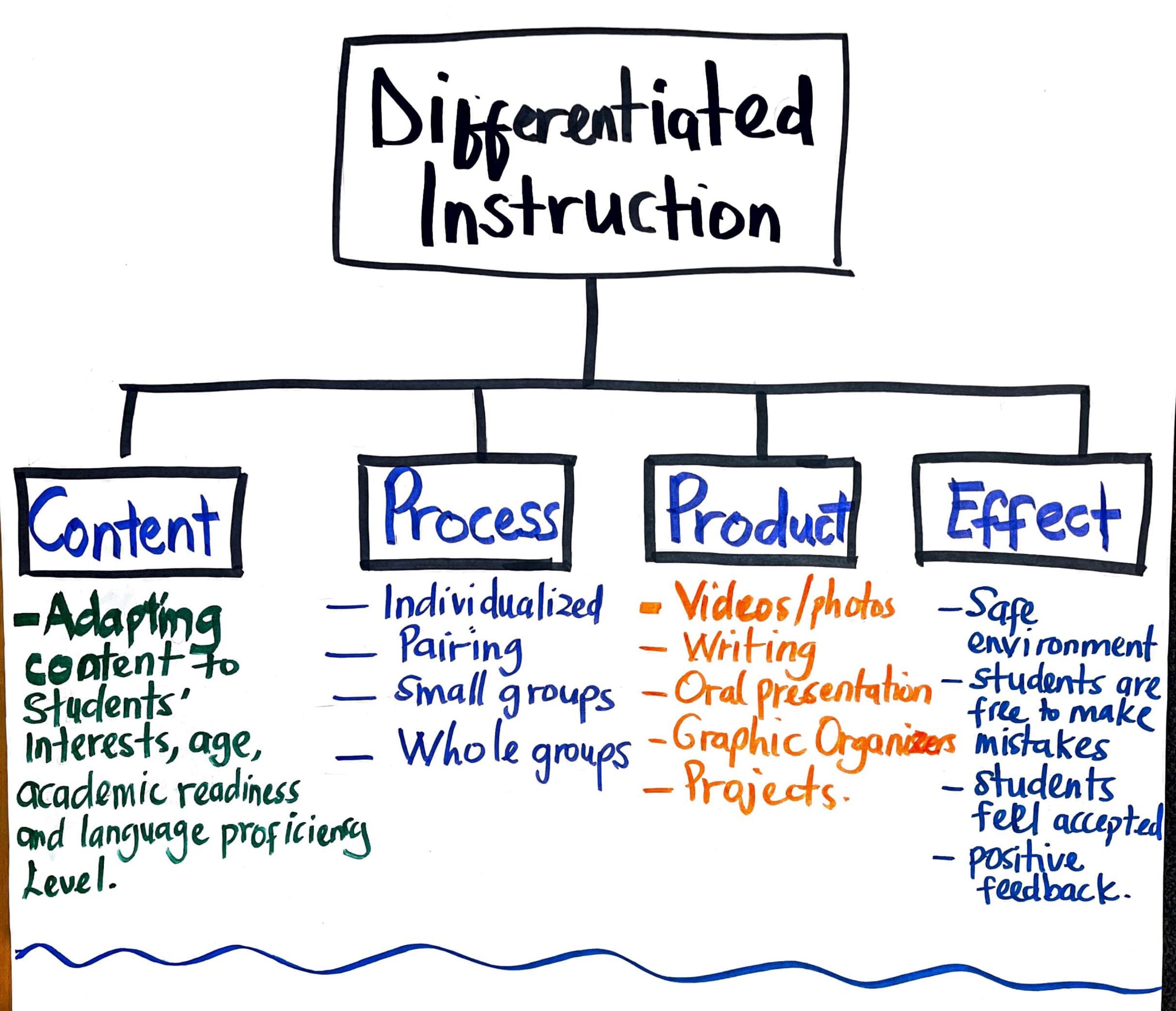
🌿 How Selecting the Ideal Teacher Can Transform Your Yoga or Meditation Journey 🌿
Yoga and meditation practices provide more than just physical or mental health benefits—they represent an intimately personal voyage toward self-exploration, healing, and tranquility. Yet one of the most underrated aspects of starting these practices is finding the instructor who aligns best with your requirements, learning preferences, and life path. The right instructor can act as a catalyst for transformation—enabling you to feel supported, understood, and empowered to delve deeper into your practice.
Regardless of whether you’re a novice or have spent years on the mat or cushion, let’s delve into how choosing the right mentor can entirely reshape your experience with yoga and meditation.
🧘 The Importance of Teacher Alignment
Initially, yoga or meditation might seem like activities to fit into your busy schedule. Many individuals kick off their journey by joining convenient classes or utilizing popular apps. However, as the practice evolves into something more profound and personal, the need for alignment—with the space, the sequence, the pace, and particularly, the teacher—grows stronger.
The instructor you select serves as both a guide and a reflection of your inner journey. Their approach, tone, intentions, and presence can either support your objectives or inadvertently divert you from them.
Pose the essential question: Does this instructor facilitate the reasons I embarked on this practice? If your goal is to address anxiety, trauma, or depression, a teacher who weaves in mindfulness and emotional awareness will probably be more beneficial than one who concentrates solely on physical prowess or spiritual enlightenment.
☀️ Each Teacher Has Their Own Unique Reason
Yoga and meditation educators come from a variety of backgrounds and possess distinct motivations for teaching. Some might prioritize breathwork and stress alleviation, while others might emphasize strength, stillness, or spiritual awareness. No teacher’s intent is inherently superior; however, alignment with your personal “why” makes a substantial difference.
For instance, an individual grappling with complex PTSD may discover tremendous relief in trauma-sensitive guided meditations. A trainer skilled in trauma-informed techniques can create an environment where you feel secure and supported, allowing you to engage more deeply with the process.
This emotional reflection fosters a therapeutic atmosphere where not only your body but also your mind and spirit are recognized.
🎯 Learning Style: An Often Overlooked Component
Just as we have preferred learning methods in school—visual, auditory, kinesthetic—we also have inclinations about how we respond to yoga and meditation guidance.
– Are you attracted to visual demonstrations? You might thrive under those who clearly showcase poses and movements.
– Prefer auditory guidance? Seek teachers who utilize thoughtful pacing, varied tones, or even instruments like gongs or singing bowls to lead you.
– Require intellectual understanding? Some fare better with instructors who explain the “why” behind practices—connecting poses or meditations to anatomy, philosophy, or psychology.
Acknowledging your learning style isn’t trivial. It respects how you absorb, internalize, and embed the teachings into your life.
💖 Subtle Preferences Are Important, Too
Sometimes it boils down to preferring a teacher with a soothing voice or one who employs fewer affirmations. These “subtle preferences” might appear minor, yet they are significant. You’re investing your time, energy, and trust into these environments—so ensuring you feel comfortable and connected is crucial.
Perhaps you favor gentle verbal suggestions over physical adjustments. Maybe you lean toward instructors who promote adaptability instead of strict postures. It’s important to honor those preferences. In fact, it’s vital.
🌸 Messaging That Truly Connects
Not every use of language resonates the same way with each person. Take affirmations, for example. While generally regarded as effective tools, studies—such as “Positive Self-Statements: Power for Some, Peril for Others”—indicate that positive affirmations can be detrimental for individuals with very low self-esteem. If the affirmation feels too distant from your current reality, it may incite frustration or even emotional instability.
The key? Seek messaging that accurately reflects your current state, not where the teacher presumes you should be.
For one individual, phrases like “You are empowered” may seem empty. However, a grounded affirmation such as “I am safe. I have a home. I have financial security.” could offer meaningful reassurance for someone transitioning from scarcity or struggle.
🎢 Yoga and Meditation Are Not One-Size-Fits-All
Your journey is distinctive. Your history, obstacles, aspirations, and even personality shape how you engage with your practice. So don’t feel disheartened if a method celebrated by others doesn’t resonate with you.
What proves effective for others might leave you feeling overlooked or unfulfilled—and that’s perfectly fine. Trust your experience, give yourself permission to explore, and redefine your connection with the practice at every stage.
⏳ Discovering the Right Teacher Takes Time—and That’s Okay
It’s entirely normal if it takes weeks, months, or even years to find the instructor who feels like “home.” Don’t be hard on yourself if you try several classes or apps and still
